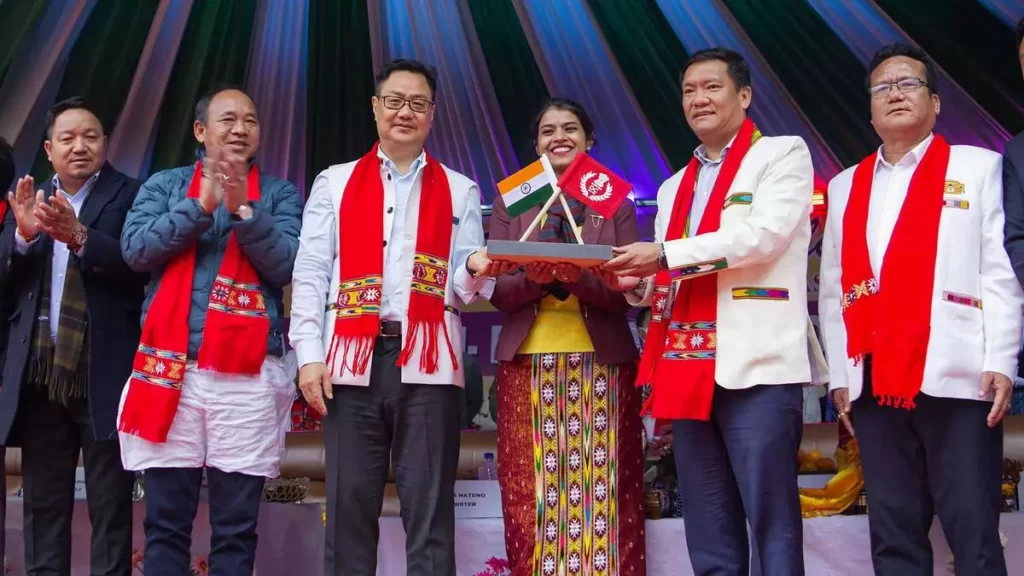Arunachal Pradesh, the northeastern state known for its breathtaking landscapes and vibrant cultural tapestry, has added a new chapter to its history with the creation of its 27th district: Bichom. This significant development marks a milestone in the state’s journey of decentralization and administrative restructuring, aiming to promote inclusive development and governance across its diverse regions.
The announcement of Bichom as the newest district of Arunachal Pradesh comes as a culmination of longstanding demands and aspirations of the local communities residing in the area. Situated in the eastern part of the state, Bichom encompasses a unique blend of ethnic diversity, natural beauty, and strategic importance, making it a fitting candidate for district status.
The creation of Bichom district represents a strategic move by the Arunachal Pradesh government to decentralize administration and bring governance closer to the grassroots level. By establishing smaller administrative units, the government aims to enhance service delivery, promote local development initiatives, and ensure effective implementation of welfare schemes and programs.
Bichom’s elevation to district status is expected to catalyze socio-economic development in the region, unlocking new opportunities for growth, infrastructure development, and job creation. With improved access to government services, healthcare facilities, education, and infrastructure, residents of Bichom can look forward to a better quality of life and enhanced prospects for prosperity.
Moreover, the creation of Bichom district underscores the state government’s commitment to addressing the unique needs and aspirations of its diverse population. By empowering local communities with greater administrative autonomy and decision-making authority, the government aims to foster inclusive development and ensure equitable distribution of resources and opportunities across the state.
The significance of Bichom’s emergence as a new district extends beyond administrative boundaries, resonating with the cultural and historical heritage of the region. Bichom is home to a rich tapestry of indigenous tribes, each contributing to the vibrant mosaic of Arunachal Pradesh’s cultural landscape. The creation of the district provides an opportunity to celebrate and preserve this cultural diversity while fostering greater cohesion and unity among its inhabitants.
Furthermore, Bichom’s strategic location along the international border with China adds to its geopolitical significance, highlighting the need for enhanced security and infrastructure development in the region. The establishment of Bichom district is expected to bolster border management efforts and strengthen the state’s security apparatus, ensuring peace and stability along its frontier areas.
The creation of Bichom district has been met with widespread acclaim and optimism among local residents, who view it as a harbinger of progress and development for their communities. The district’s inauguration ceremony, attended by government officials, community leaders, and residents, was marked by jubilation and a sense of pride in achieving this significant milestone.
Looking ahead, the establishment of Bichom district sets the stage for a new era of growth, prosperity, and empowerment in Arunachal Pradesh. As the state continues on its path of decentralization and administrative reform, the creation of smaller administrative units like Bichom reflects a commitment to grassroots democracy and participatory governance.
However, the creation of Bichom district represents a significant milestone in Arunachal Pradesh’s journey of decentralization and administrative restructuring. By empowering local communities, promoting inclusive development, and fostering cultural preservation, Bichom’s emergence as the state’s newest district heralds a new chapter of progress and prosperity for the region. As the state government works towards fulfilling the aspirations and needs of its diverse population, Bichom stands as a testament to the spirit of resilience, unity, and hope that defines Arunachal Pradesh’s vibrant tapestry of cultures and communities.


